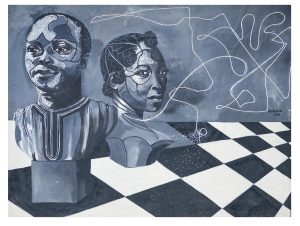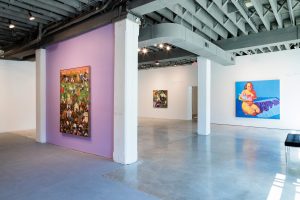Since writing “Vanita Green: ‘Occupying a Space on Her Own Terms’” in January 2022, something magical happened. My words cast a net into the universe. The grief I felt for this amazing artist—who passed, someone I never met—was profound. I didn’t expect to receive anything back when writing Vanita Green’s name. But, in February 2023, almost a year after my essay was published her younger sister, Rosanna Green Chisolm, reached out. She introduced me to Vanita’s daughters, Alexis Green (called Jody or Jojo) and Carmen Green. From there, we had the most beautiful conversation about Vanita Green’s life. We all reckoned with Vanita’s boundless creativity and how it reached across space and time to me.
The following interview has been edited for brevity and clarity.
Chenoa Baker: What connected me to Vanita Green was that textbook that I mentioned and being able to write about her on Sixty Inches From Center.
Rosanna Chisolm: I am Rosanna Chisolm, also known as Rose, and I have used Green as my last name. I am Vanita’s middle sister. I’m a registered nurse (so was Vanita) and I’ve been a registered nurse for 30 years. I have two sisters and two brothers, and I am survived by two brothers.
Alexis Green: Hi, my name is Alexis Green. I’m Vanita’s firstborn. I was born and raised in Chicago, but now I stay in Summit, Illinois.
Carmen Green: I’m Carmen, secondborn, the youngest, raised in Chicago. I like to read, write, and figure things out about my mom. I’m a server in the hospitality industry.

CB: What was her personality like?
RC: One thing that I shared with Carmen and Alexis is that I wanted us to write down Vanita’s likes and dislikes. We weren’t going to share it until we had to zoom in so that we wouldn’t duplicate each other. I’ll start with her likes.
Vanita loved a natural look. She didn’t want to perm her hair. She loved braids and wearing afros. Even though she wasn’t an avid dancer, she’d do her little dance and we’d laugh. She had long nails, and she loved her nails. She’d scratch me as a child if I did anything wrong. She liked to wear loose, comfy clothes. All her clothes were comfortable.
She was a real estate agent. She was an RN [registered nurse]. She went to Columbia College and got her Bachelor of Arts, and she did that in three years. She went to Southern Illinois University, Carbondale around 1973. She went to Kennedy King College, where she graduated in nursing. As a nurse, she liked to read the Bible to her patients.
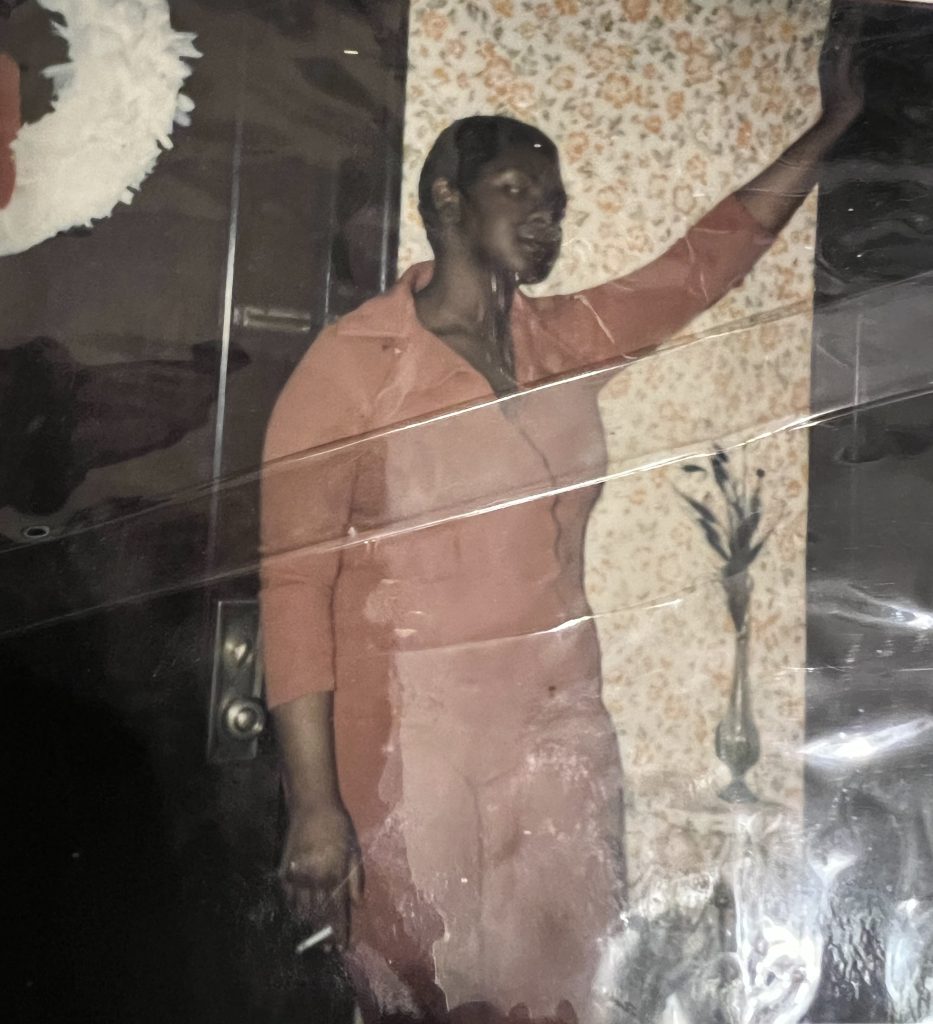
Music-wise, she used to like The Last Poets. It was an African group that based their music on a drumbeat in the background and she’d listen to that, The Last Poets. She loved horror movies, which I hated. Vanita loved playing on her computer. She loved playing solitaire. She loved Chinese food, crab rangoon, and ribs. She loved comedy. She wanted to be a comedian. We go out sometimes and her jokes were a little bit corny, but she had no shame. She’d get up on that stage and make people laugh with her. She loved minivans. She loved her daughters. She boosted them with so much self-esteem.
RC: She’d not go for a regular car, it always had to be a square minivan.
AG: The only normal car she had was a red Buick. She called it ‘Tomato.’
CG: I hated those minivans.
RC: In the article, it says Vanita Annette. That wasn’t her middle name. Growing up in Cabrini-Green, my mom let all of her children choose their middle names. She said, “You can choose your middle name,” because none of us had middle names. I chose Elaine. Vanita chose Annette. My sister Melanie chose Anne. From that day on, I was about ten years old, that name followed us in legal documents. My mom and Vanita spoke Spanish. She taught herself. She was a grandmother of two. She met Donovan, who was Jody’s baby. Then she met Genesis before she died. I put Genesis in her arm when she was in Christ Hospital in ICU.
As far as dislikes, Vanita didn’t like crowds. She didn’t like going to the dentist. She didn’t like pain. She didn’t like having her hair pulled out or combed. Her scalp was sensitive. She didn’t like potato chips. You could not get her to eat a potato chip. She hated wigs. Vanita didn’t like being on the phone. I called her and said, “Vanita, why don’t you call me?” She said, “I have nothing to say.” She said it jokingly, but I called her every day and bugged her.

AG: She was crazy about Häagen-Dazs: butter pecan. If it wasn’t at the store, she’ll find it somewhere else, no matter what. She loved Star Trek: Next Generation. She couldn’t miss an episode, no matter what. There are times when she made me watch it when she was at work so that I could tell her what happened. Stephen King was her author. You could ask about any of his books or movies. She could answer if she wrote it herself. She knew everything about his stories. Tina Turner was her [favorite]—oh, my goodness—to be honest, I got tired of Tina Turner as much as she played it. I even knew the songs, and she made me dance and sing with her.
RC: I wore a leopard [print] because Vanita loved leopard [print].
AG: She loved cats. She loved all cats, she’d baby them. To be honest, sometimes I get a little jealous of the way she held them and told me to move. But it kind of rubbed off on me. I love cats too. She loved to crochet blankets. She said that she wanted to learn how to knit, but never got around to it. [She liked] tabloids, like Star Inquirer. It came to a point where I told her to subscribe to it. She adored gardening. Even when it was—like, it could be kind of rainy or a little chilly, she’ll still be out there. Nothing will stop her.
CB: Can you share more about Vanita’s experience at Von Steuben [High School]?
RC: [Vanita and] I went to Cooley High for 7th and 8th grade. After that, we had to choose a high school. The only choices were Cooley High, Wells, or Waller in Cabrini-Green. [Vanita and] I chose Cooley. My brother Benny chose Wells. Before Vanita started, busing started in 1970. I think. She was bused to Von Steuben, an all-white [high school] on Kimball Avenue. That’s when she first faced racism. I think they chose 10–20 African Americans to go. The schools were segregated because of the neighborhoods.
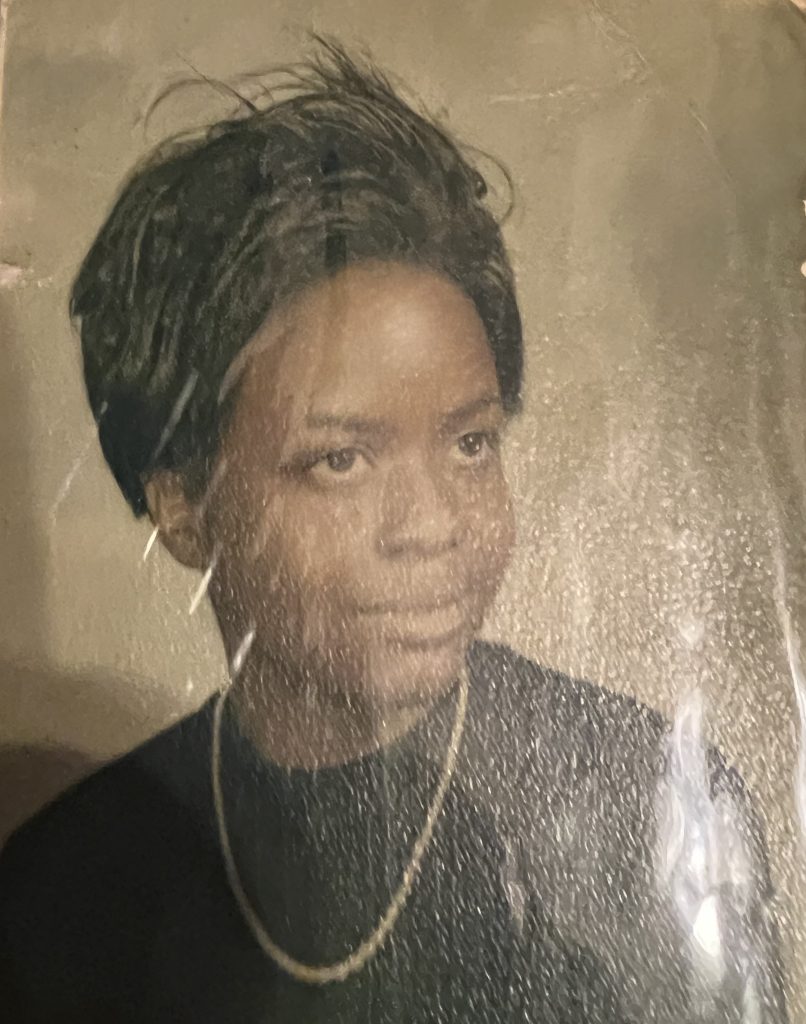
When Vanita was chosen to go to Von Steuben, she didn’t want to go. She came home and told me that the white kids didn’t interact with her. She sat alone [and] ate lunch alone. They started talking about her hair and her darker complexion, but she embraced herself. You couldn’t get her down. By that time, she started wearing her afro. My mom used to have us wear a little press and curl. She cut all that perm out of her hair and started wearing afros, turbans, any type of Afrocentric style. She started wearing dashikis and became militant—she wanted to embrace her Black heritage. That’s when she changed her name to Aisha.
At one point, she didn’t like being around white people because of how they treated her. She wasn’t prejudiced, but she wanted to be by herself and on her own. She graduated from Von Steuben in three years. That’s when she started getting interested in painting, listening to Nina Simone, and learning all about her culture. She’s the one that started teaching me about the culture. Back then, we were referred to as Negroes. On my birth certificate, it says “Negro.” When James Brown made the song, “Say It Loud, I’m Black and I’m Proud,” African Americans started calling themselves Black. Vanita started learning her culture [like] Angela Davis. She’d tell me all about all of them because I didn’t study the culture. She told me about how they played an important role in our history.
That’s when she wanted to paint that mural. She told me she’s going to paint this mural on Orleans [St.]. It’s a big wall, about the size of—not as big as a semi-truck—but maybe about 18 by 18 [ft]. We’d go [there] in the summer, and it took her about three months. She’d go out every day. I’d go out some days with her, but some days I couldn’t because it was too hot. She’d wrap her hair up, get on that ladder, and paint Angela Davis, Aunt Jemima, all the Black people who inspired her. She painted with a paintbrush and did it all by herself. No help. It was beautiful.
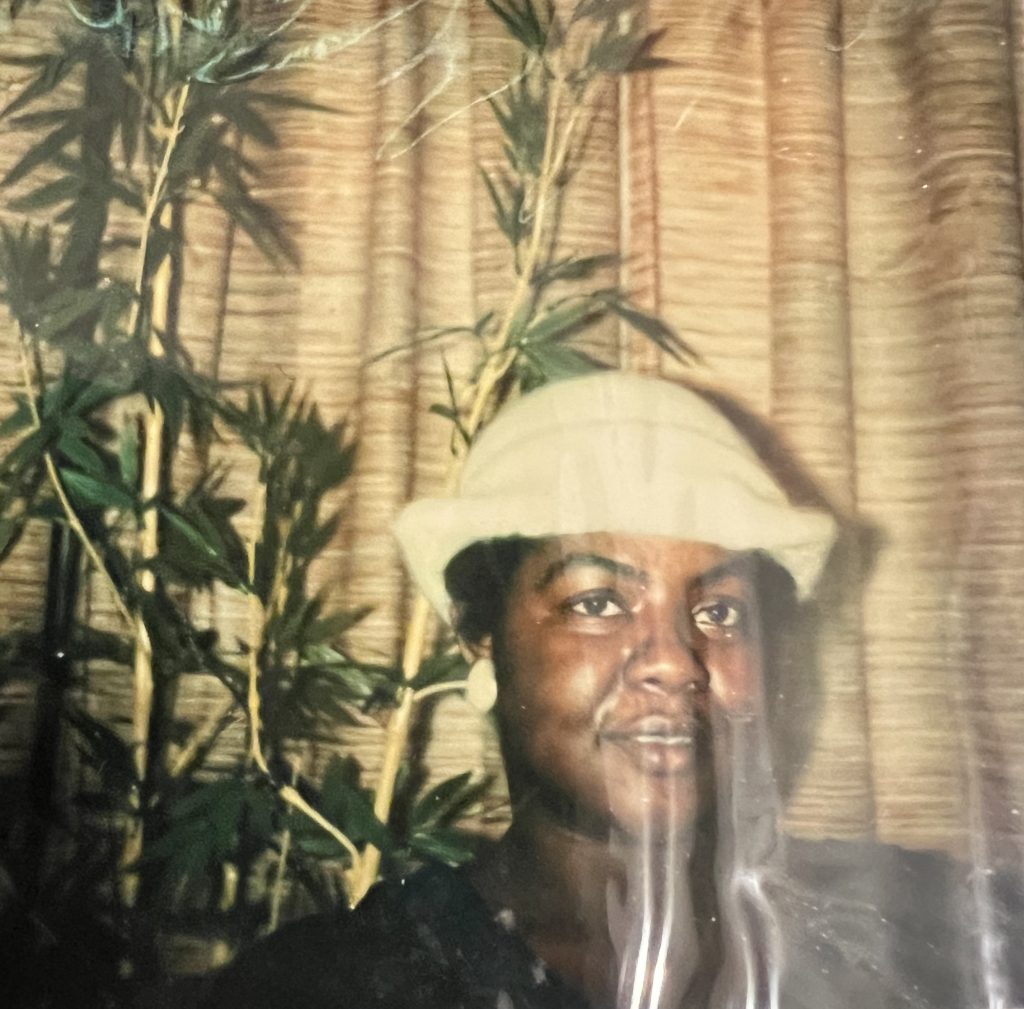
After she finished, The Reader—[or] some paper that circulated in the projects—did an article on her because people drove by and saw her painting all day. The next day, after she painted, somebody threw white paint on her mural. They threw about four or five big splashes, like they took the whole bucket and threw it against her mural. It was hate. They didn’t want to erase it but threw paint on it as a hateful remark. I asked her if she was going to redo it, but she didn’t want to. She said she was done.
CB: What do you wish my article included?
RC: Vanita was an avid reader. When she passed away, each person gave a tribute, all they said was about her reading. I can read one thing that was written at her memorial, “She had a different sense of humor and was always there for me when I needed her. She was talented, artistic, smart, wise, clever. The list goes on. She can make you smile and knit you a blanket, all while telling you interesting facts. Even when she was sick, she could make you smile. She left behind her siblings, two daughters, one grandchild, three nephews, and two nieces, who love and will miss her. We may not have all the wonderful memories that she left us, [but she is] forever in our minds and hearts. Vanita’s in heaven with my mom, Helen, her grandson, Donovan, and Max, her cat. God has her in eternal salvation and grace. I love you, Vanita. It pains my soul to not have you here with me, but it eases my heart to know that you’re in peace. She died July 25, 2011, and she was born December 14, 1952.”
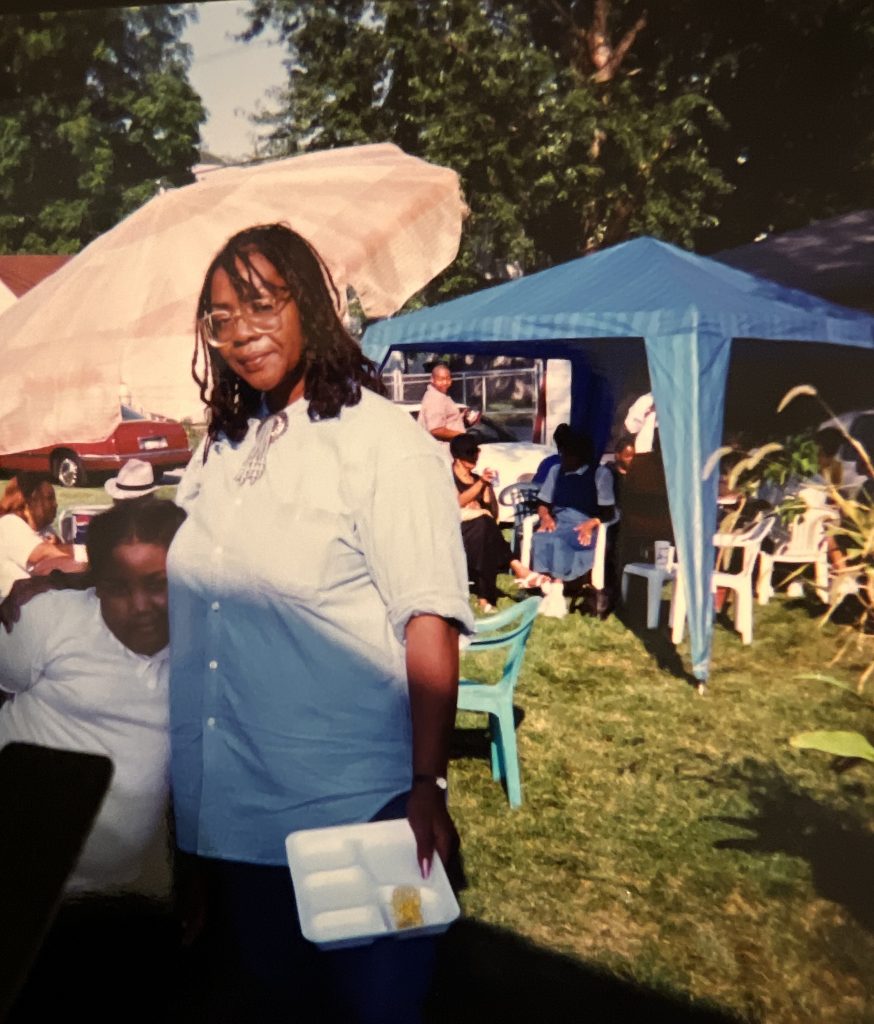
When she got into nursing, she loved nursing. She loved talking to her patients and reading to her patients. A couple of times, we worked together at the Kindred Nursing Home, I’d look for Vanita and she would be there, reading to her patients.
Vanita Green was a beautiful, witty, unique person, woman [and] basic. She didn’t look for the glitz and the glamor. She was down to earth, and her life was about her children.
CG: I wrote out 12 favorite things that I loved about my mom and Rose. She loved the “Whisper Song” by the Ying Yang Twins. She used to sing that song all the time, and I used to hate it. I was like, “Ma, you can’t sing that song around my friend. That’s not cool.”
Her favorite game was Dr. Mario. She liked puzzle games: crossword puzzles, mahjong on the computer, solitaire. Another thing I remember is when me and my sister and my mom used to play Monopoly, I always lost; I used to cry, and I still lost. I used to hate playing against them because they didn’t get it. She used to watch a lot of Doom and The Matrix. I remember when I used to get mad at her [during] The Matrix. I’d sit in front of the TV and talk through [it] because I knew that she wanted to pay attention.
She always threw the best birthday parties for me. On my screensaver, it’s me and her at one of my birthday parties. Anytime I’d get mad at her, I’d be like, “You can’t come to my birthday party.” She’d be like, “Well, who’s going to pay for it?” I’d be like, “Well, you can pay for it, but you can’t come.” She was like, “Well, who’s going to get you the gift?” I’d be like, “Well, you can do that, but you still can’t come.” The best present that I ever got from her was a Barbie PT Cruiser. I think she and my sister were in the car. They picked me up after school because I always had to go to school on my birthday. Brandon, Baron, Jody, and I all went to Timothy Lutheran. I always had to go to school on my birthday (August 31st). So yes, that was the best birthday present ever.
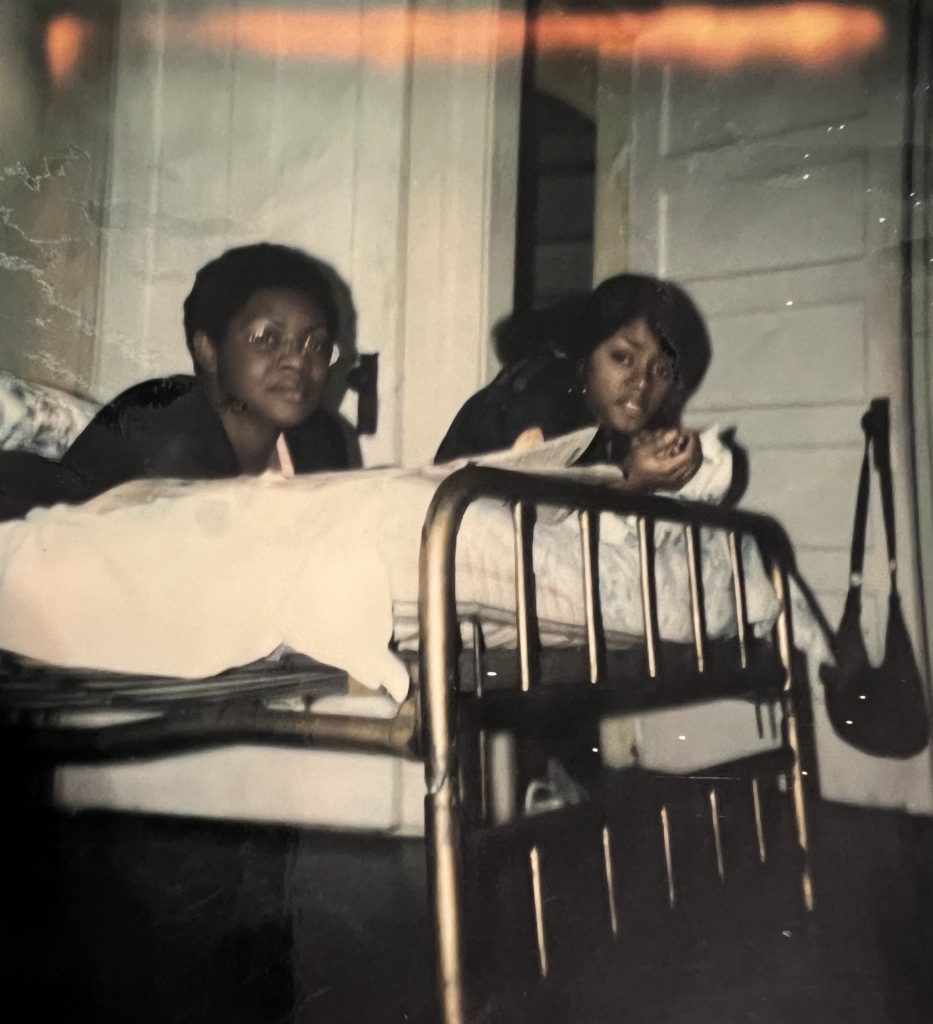
She always made good rice pudding and good bread pudding. We used to have picnics. We’d go to McDonald’s and spend our last $20 and get like 15 double cheeseburgers and eat them all day, then call my auntie. Rose got so irritated with us because we’d be like, “There’s nothing to eat.”
She had a funny, dark sense of humor. She liked South Park. When she was mad, she sang this song, “Mean to Me.” Anytime I got mad, she always said, “Why are you being so mean to me?”
RC: I have a tribute from my brother, Danny. He wrote about Vanita, and it says: “To my wonderful, dearest sister Vanita, I only have good memories of you. What I remember most about you was that you were so smart. I always thought your intellect bordered on genius. You could read a thick novel in one day and know everything about the subject. Intelligent people can always see reality in ways the average person may not. You will always be in my heart. Thank you for being my big sister.”
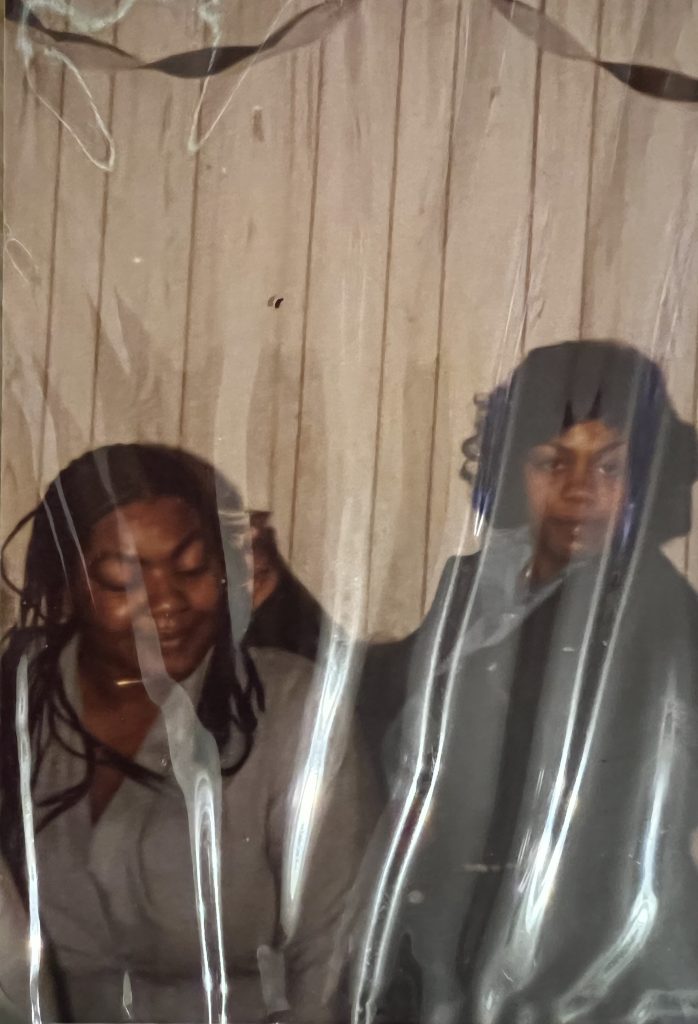
CG: I wish the article contained her reading. She had this one book. I don’t remember the name. It was about this immortal man. Like, he lived through the beginning of time, went through the little aspects of segregation and everything. He met this woman. He fell in love with her. It was a good book, her favorite book. I wish I had it.
She was artistic and I feel like art can be in different forms. It’s like your writing is a beautiful way of writing. It’s a beautiful form of artistic release, an artistic view. I think writing is beautiful. Painting, singing, acting, whatever, it’s all a blank canvas that you’re getting people to see your point of view.
I got a love for reading and Game Boys from her. I know she used to love to chill with her cat and play her Game Boy, smoke cigarettes, and read. Now, I like to chill with my cats, smoke, and read like my mom.
RC: When she was memorialized at her funeral, each person that gave a tribute talked about how intelligent, how smart [she was], and her reading. Vanita read all day long. You can ask her any questions. She was like Siri—she could answer it. I said, “Vanita, how do you know everything?” She said, “Because I went to school.”
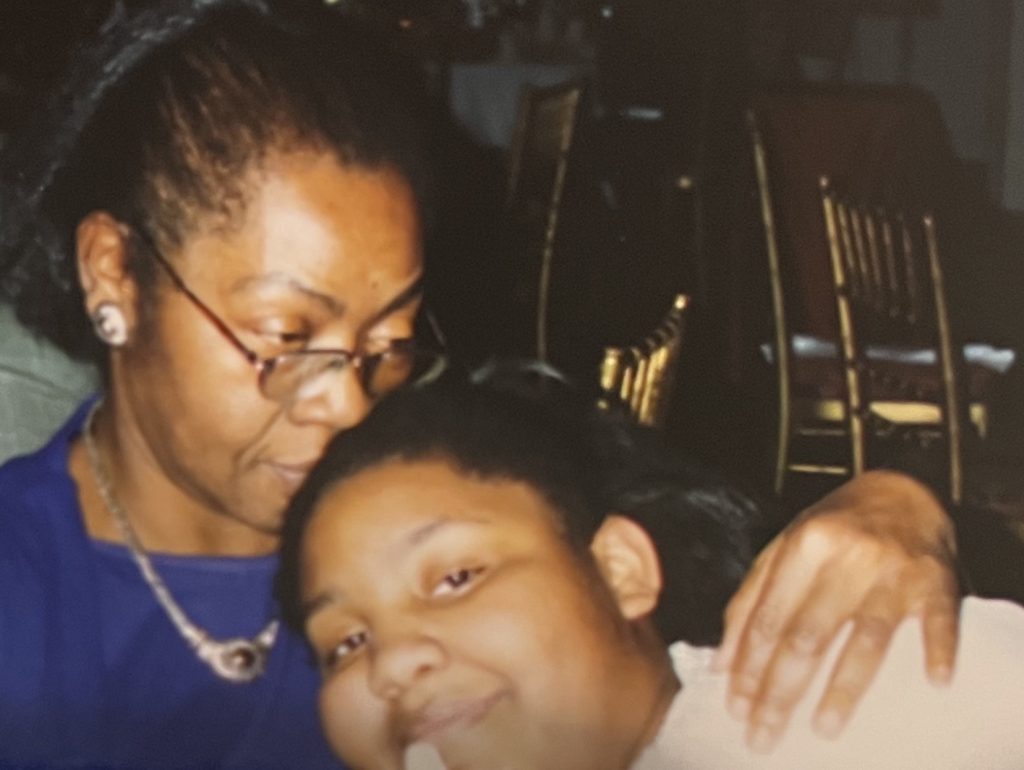
As far as her art, Vanita drew portraits of us and encouraged us to draw. She said, “You can make your house whatever color the art [is] on your wall.” My sister Melody had Vanita’s abstract drawings. All of a sudden, Vanita stopped doing art—and no one knew why—in maybe 990. As the inquisitive sister, I broke her down, and she shared with me [something] that she said she’d never told anybody. Her daughter [Alexis] had seizures. Her daughter was born having seizures and was put into an induced coma at birth because of them. The seizures were hereditary, on her father’s side, and she [Vanita] said she swore to God that she wouldn’t draw or paint anymore if he took the seizures away from her daughter. So, she had stopped drawing and painting, and then zooming ten years later, I asked her, “Vanita, she still has seizures, why won’t you draw now? She said she promised God, and she knows she can’t question God’s timetable. She stopped drawing for the love of her daughter.
CG: I never knew that.
AG: I didn’t know that either. There was a time when I was in high school I had to take art and I begged, “Ma, please, I can’t draw this, I don’t know how to do this, please do this for me, please.” She said “No.” I was like, “I know you can do it because I’ve seen some of your previous stuff.” She had old pictures that she painted and drew. I was like, “Ma, come on. Please, I need to pass.” She did it one time. I got an A on that assignment but my teacher was kind of curious, asking things like, “How did you get so good overnight?” He gave me a specific assignment saying, “Okay, well, do this.” When I told my mom, she told me, “No, sorry, I already made that promise. You have to do it on your own.” It made me upset to think, “How come you won’t help me? As long as I’ve known you, art was always your thing. You love art.” Now, I know why.
CG: I never knew that. I have a picture she painted of me when I graduated 8th grade. I never knew [why] she stopped painting.

AG: Did she stop painting or [stop] art, period?
RC: Well, art was her love, her number one love, her enjoyment. I’m not saying she never picked up a pencil again, but she [no longer] made that her passion.
AG: Maybe that’s why she went into crocheting in a different way or something, right? Yeah.
RC: I went to Carmen’s house a couple of days ago, and she had a whole little paint set, all her paint and paper. I said, “Oh so you’re painting?” Growing up, all of us could draw. My mom’s family picked up a pencil or paper and drew in 10 seconds, a person. We all had artistic abilities. I can draw you.
AG: Well, I can’t draw, but I can color.
RC: All of us have that artistic ability, it came from my mother. She used to draw paper dolls, and that’s how we got into drawing. She got cardboard; then with notebook paper, she drew the clothes and made some little tabs where you can tag the clothes, and we had paper dolls with lots of clothes. That’s when Vanita started getting into painting and drawing. Then she drew all of us. She said they even wanted to put [a painting] of her’s at the Art Institute, downtown. I don’t know what came of that. That’s when she was going to Columbia College.

CB: It sounds like, Carmen, you have a work of hers that she made of you. I was curious because when I was reading about her, it was like, none of her art is surviving. That can’t be true.
CG: Oh, yeah, I’ll go get it and show you. Give me 1 second.
RC: I have one that she painted of me. It is so strange because she did so many pictures and art, but where are they? I don’t know. She drew a picture of me on a small canvas. I have it in my closet now and she did it in about ten minutes. While you talk, I can get that to share it. Let me see yours, Carmen.
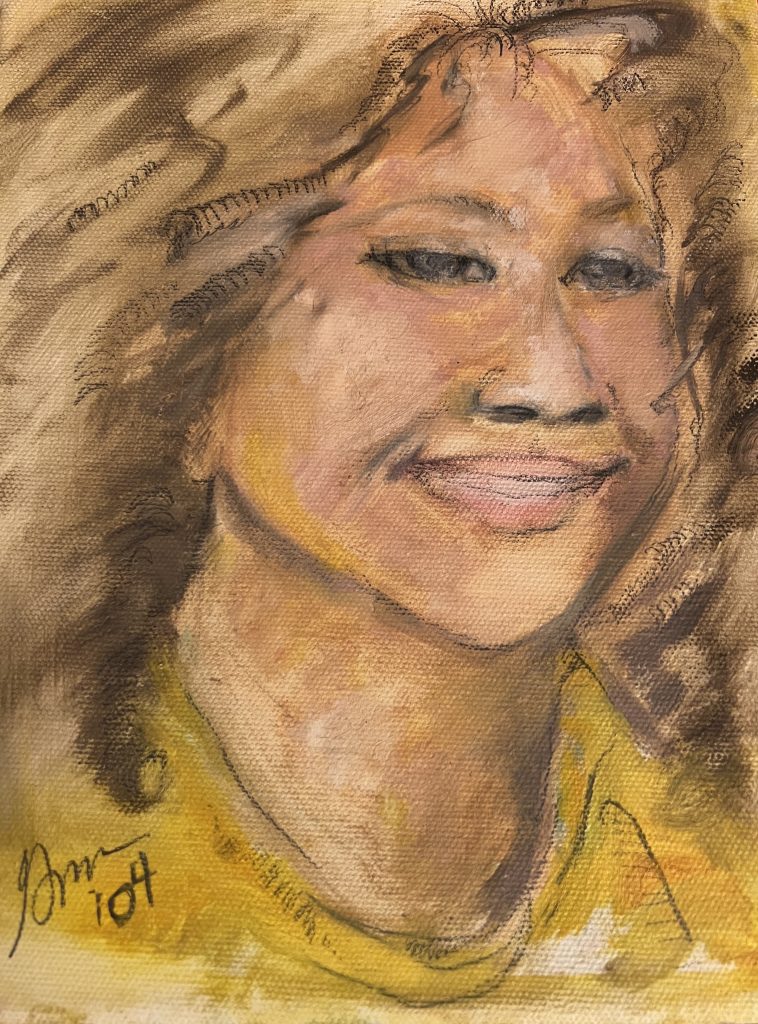
CG: I love this picture.
RC: Did you sit down for that?
CG: This was my 8th-grade picture that she painted.
AG: It was like the school picture. She looked at that and then did it from there.
CG: I used to have a friend and we used to get canvases and we used to paint all the time.
RC: Let me show you mine. She did this in ’04. This doesn’t look like me right now, but in ’04, that’s almost 20 years ago.
CG: Oh, that’s pretty. I’ve never seen that before, Rose.
AG: I haven’t either, wow.
RC: Can you see it?
CG: Yes. That’s nice.
RC: She signed it “Green.” She did this in about 15-20 minutes.
AG: She also did a lot of abstract art. Sometimes she’ll have an easel in her room, and sometimes she’ll do a little bit of this and then stop. Next, a week will pass, and then she’ll add a little bit more until the whole thing is done. It’s like, wow, where did that come from?
RC: I wish we kept more of her art. She drew a lot, but I guess we took it for granted. We enjoyed the art. Who kept her canvases? She had a big suitcase with all her drawings.
CG: She did have one of those. I don’t know who got it.
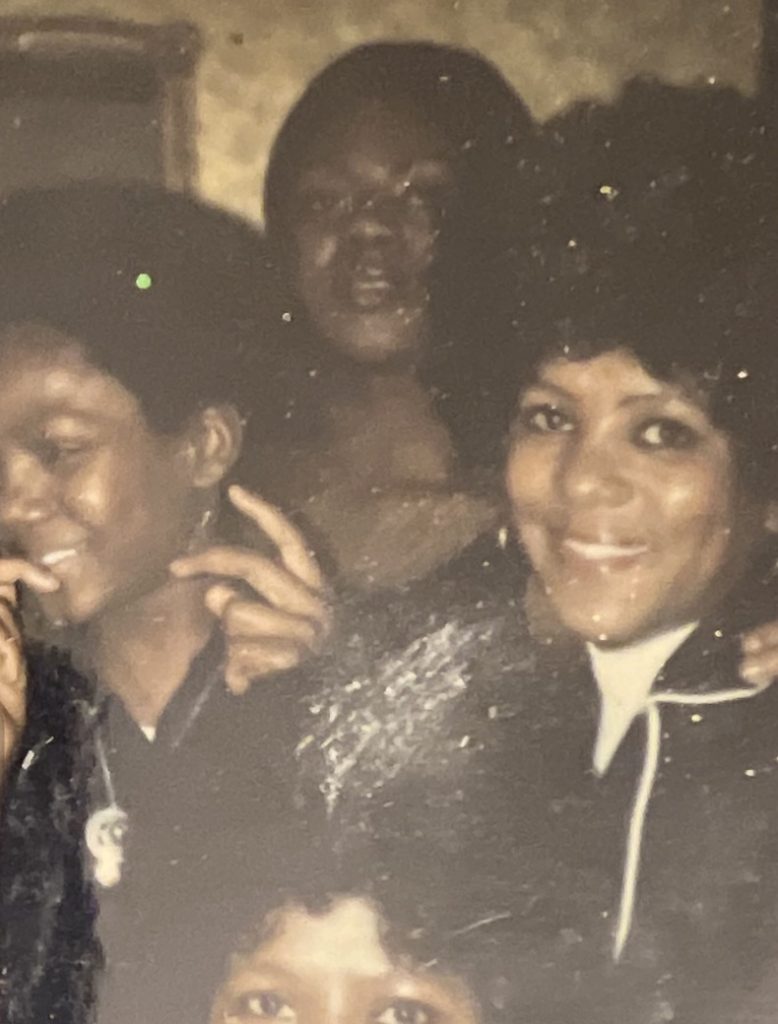
AG: Yeah, I looked at them all the time.
CG: I wish I had her medical books. I liked those books. I don’t know, I don’t have those canvasses.
RC: She was extremely smart. She graduated with the highest honors from nursing school. I graduated with the highest honors from nursing school and didn’t consider myself smart. I’m intelligent. Vanita was smart. Vanita was the smartest person that I know. She was always my counselor.
My mom was a twin: Helen and Hazel. Helen was our mom, and the two twins were pregnant at the same time. They decided to name each other’s child. My mom, Helen, named her twin sister’s daughter, Greta. Then Hazel named Vanita. Vanita and Greta.
CG: I like Vanita better.
AG: Yeah. Vanita is a unique name.
RC: Annette was made up, but it carried through her life. We all made up these names. My name is Rosanna, but all through my whole life, I went by the name of Rose Elaine Green. It stuck. It was on my Social Security. Everything. That was before things were like it is now.
AG: One thing my mom made me promise: if I ever have a daughter, do not name the kid after her. Her name is hers all the way. She doesn’t want anybody else with her name.
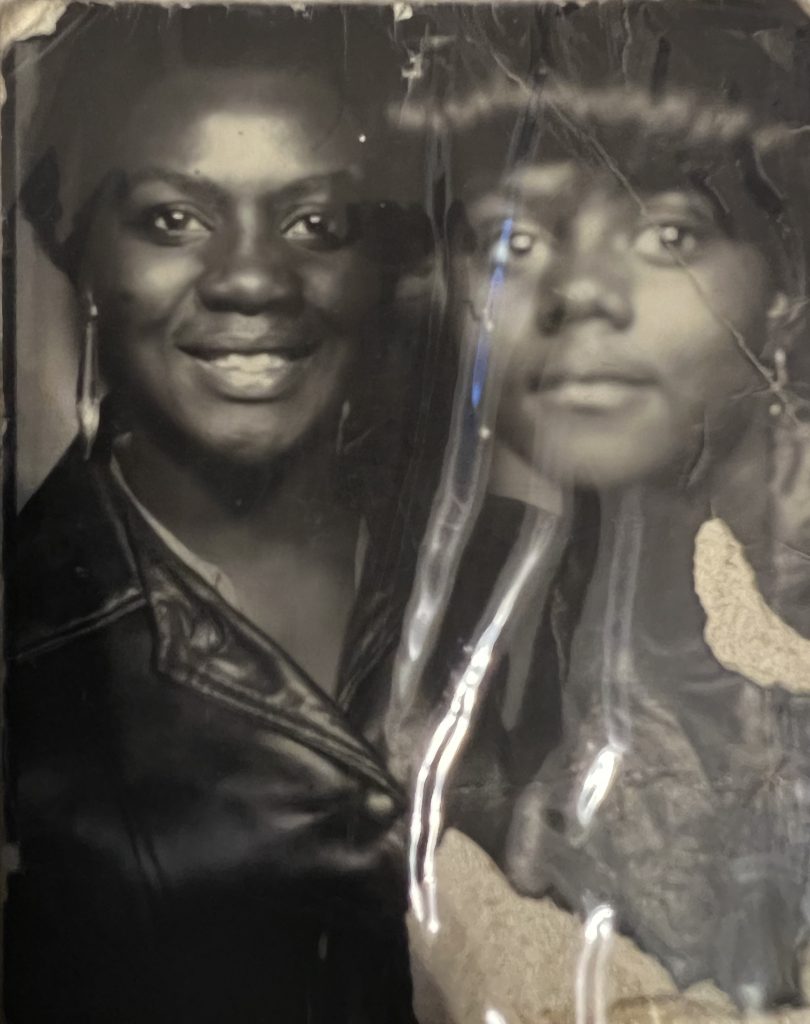
CG: I told myself if I ever had a daughter, at first it was going to be Vanita Rose, but I changed it from Vanita because that’s kind of chunky. Vanita Rose. “Rose” is still going to be in there.
CB: Is there anything that we didn’t get to that you want to share?
RC: Vanita wasn’t a person of many words. When she gets mad at you, she’ll give you that look. When you get that look, you better stop. My sister Melody and I, sometimes we’re playing even as adults, we said, “let’s get Vanita mad.” Let’s say we’re arguing, and I say, “Stop, Melody!” She said, “You stop!” Vanita said, “Oh you both stop!” That got her so wound up because she didn’t like any conflict. She’d give us that look. Did she give you all the look?
AG: She gave us that one eyebrow up.
RC: We grew up in Cabrini-Green. We didn’t say “I love you” because we were all raised by a single parent. Vanita is the one that got us saying “I love you” and “good night.”
AG: I remember when I got ready for bed with my sister, sometimes we shared a room. I faced the wall and she faced her wall. My mom was like, “tell each other good night. Say you love her.” She hit the wall, telling us, “do it.” Or she will stand right there at the doorway, looking at us, and she won’t move until we say that to each other. We say it, and then we’d go back to our wall.
CG: Yeah. I always said “I love you.” I say it aloud now.
RC: Vanita played a big role in our lives. I am so happy to know, Chenoa, that you wrote this article. It made us relive Vanita and it’s like she’s here with us.
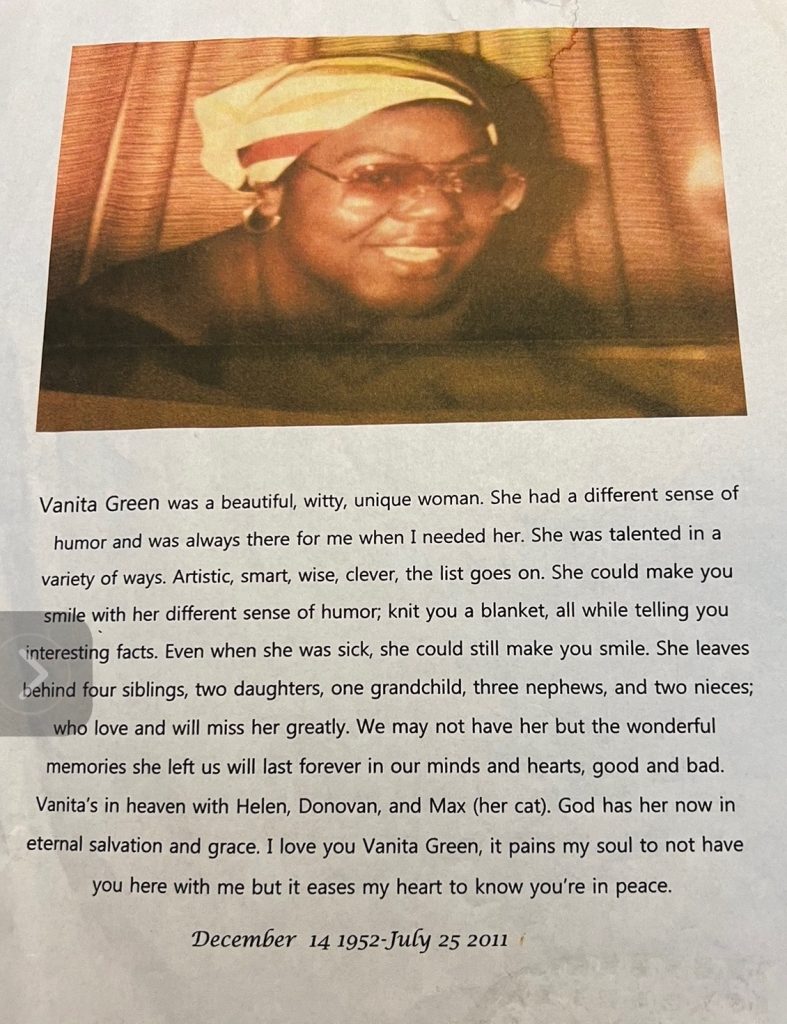
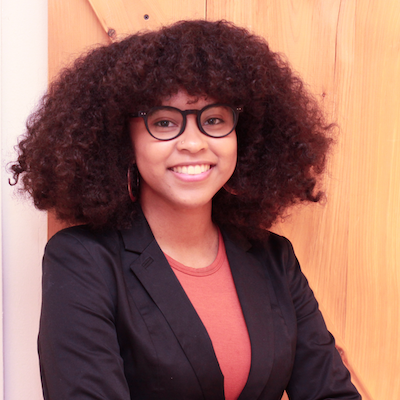
About the author: Chenoa Baker (she/her) is an empathetic curator, wordsmith, and descendant of self-emancipators. Equity and collectivism are the core tenants of her curatorial work. She empowers a range of clientele — individuals, firms, and institutions — to elevate their social impact, publication, and exhibition projects. She is the current Associate Curator at Beacon Gallery. Her independent work includes a wide repertoire of shows: Gio Swaby: Fresh Up at the Peabody Essex Museum; Simone Leigh at ICA/Boston and Simone Leigh: Sovereignty at the 59th La Biennale di Venezia; and Touching Roots: Black Ancestral Legacies in the Americas at MFA/Boston. Her autobiographical-style art criticism appears in Boston Art Review, Helena Metaferia: Generations, Art For This Moment, Burnaway, Art & Object, Black Art in America, and Sugarcane Magazine.

